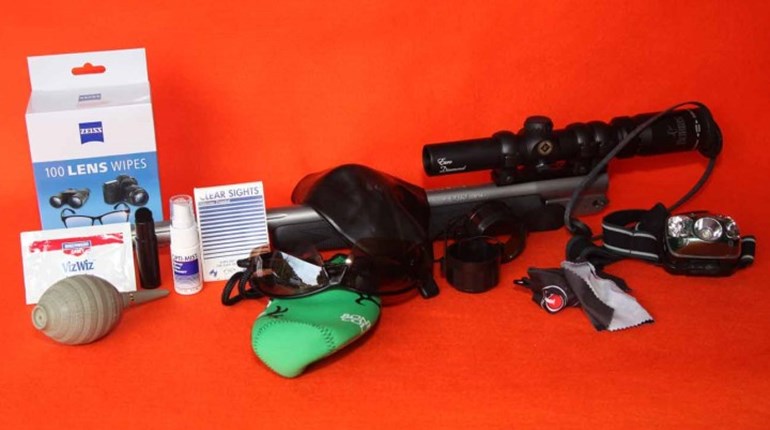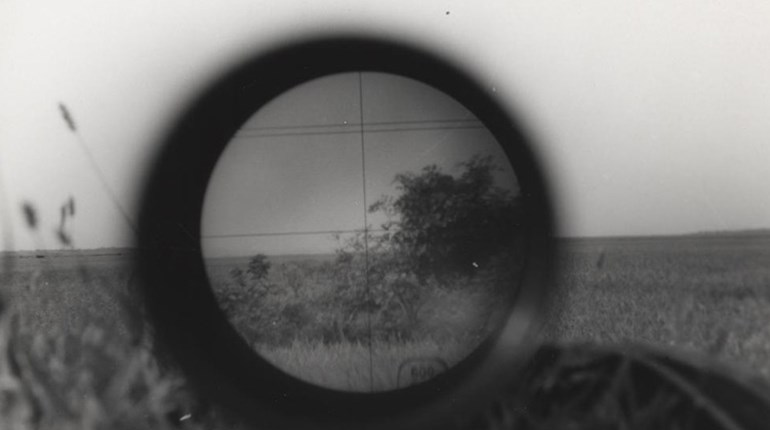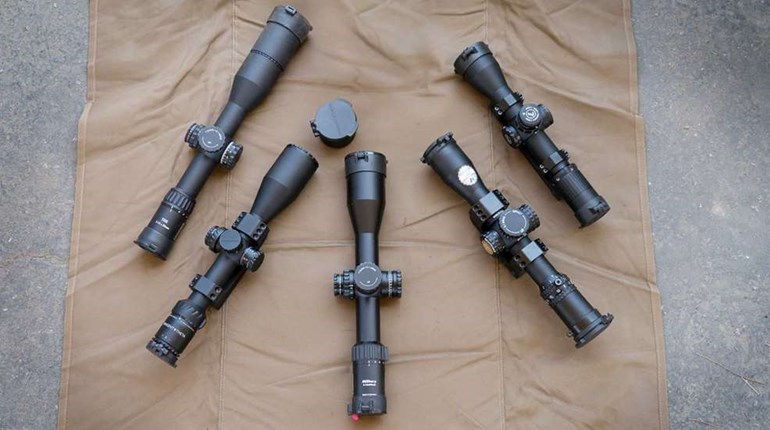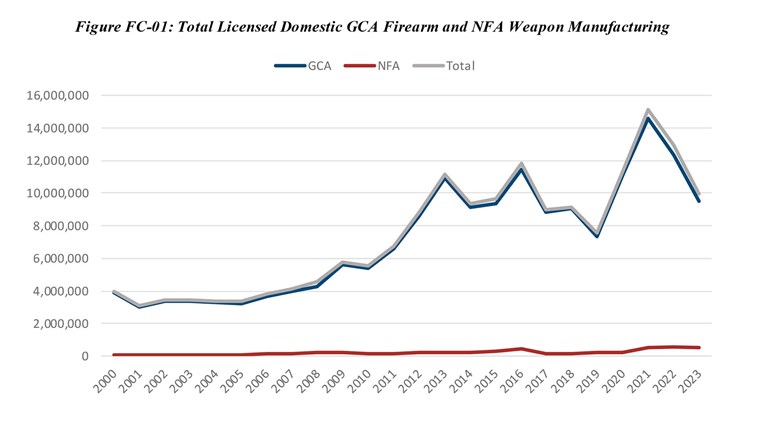
A good, inexpensive riflescope will interest most of us—providing it really is good and inexpensive. Both of those qualifiers are subjective, and for me, the former requires more pondering than the latter, which I’ll arbitrarily set at $250 maximum.
Late-summer 2009 I mounted a pair of BSA Contender scopes on my on-deck deer rifles—a T/C Icon in the new 6.5 Creedmoor chambering, along with an old standby, a custom Sako L461 in .280 Rem.—with the intention of doing a brief evaluation based on a couple of range sessions. Eighteen months later both scopes are still in place because there has been no need for change.
Early results were promising, as both rifles met my accuracy expectations. The first job of any scope is to allow the shooter to hit his mark consistently, and so an optic that won’t hold zero is quickly betrayed by bulging groups. When that didn’t happen, I changed plans to swap the BSAs for more expensive glass for my next project, the opportunity to test-fire some of the first Hornady Superformance loads released to the shooting press.
Talk about interesting. The T/C, equipped with a 4X-16X-40mm Contender, averaged .97 inch for five, five-shot groups at 100 yards with Superformance 6.5 Creedmoors carrying 129-grain SST bullets. Since the Creedmoor has been the rage of late in high power rifle competition, the sub-MOA grouping from the solid Icon platform was gratifying, but not a complete surprise.
Conversely my Sako .280 has reliably been a 11/2-inch gun, and so my hope was that it would match that standard with the Superformance ammo and a 3X-12X-40mm Contender scope. The Sako’s first group looked pretty good too, and then the rig just kept stacking shots together, one after the other. Through the scope I could see something special was happening. The final tally—.95, .71, .44, .88, .52—averaged .70 inch, easily the best ever from that rifle and likely as good as I can shoot it. Obviously rifle and load (featuring Hornady’s 139-grain GMX bullet) were made for one another, but even so, results like that depend on everything working perfectly, scope included.
With deer season coming on I wasn’t about to “fix” what clearly wasn’t broken, despite general misgivings about relying on inexpensive optics when it really counts. After a scope’s ability to hold zero, I rate durability the next most important attribute because bad weather and rough handling routinely wreck substandard scopes and leave owners with crippled rifles.
For my first outing—mule deer in Canada—I hedged by taking along a backup. Thankfully the insurance wasn’t needed—the weather was mild and dry, the scope was spared rude treatment and a single, quartering-away shot from the T/C dropped my buck. Subsequently my son and I have used these rigs to take a handful of whitetails, though again, we haven’t subjected them to the rigors of talus slides, wide temperature swings, saddle scabbards, boats, bush planes and other extremes that test a scope’s ruggedness.
In direct comparison, BSA Contenders aren’t as bright and sharp as typical mid- and high-priced models, and their fields of view are pretty fuzzy around the edges. Glass surfaces are multi-coated, which no doubt helps to reduce, but not totally eliminate, color-fringing. Nonetheless, these Chinese-made scopes intend to take on the big boys with trendy features like side-focus; 1/8-minute-click, target-style adjustments; and compound reticles. Contender models also can be had with illuminated reticles.
The adjustments on my test units were fairly consistent, though the 3X-12X’s point of impact would drift high as windage clicks were applied. In the “target-scope” vein, there are no turret caps to remove; instead, you pull out to unlock the knobs (including the side focus), make the change, then snap them back into place. There’s a mushy feel to the clicks, but pay close attention and you can dial exactly what is needed. A large, fluted wheel at the rear changes the magnification, displaying the setting through a cutout in the aluminum tube. A side-mounted parallax turret is easy to adjust even from shooting positions.
For long-range shooting, the vertical reticle wire has five triangular marks below the main intersection and the horizontal wire offers single triangles on either side of the cross. These trajectory- and wind-drift-compensating marks could prove valuable if the shooter practices enough to learn the resulting shifts in impact at known distances and if he can limit aiming to the triangles’ apex points because the rest of these coarse marks will obscure too much of a target at the longer ranges where they could be useful.
Since our loaner scopes were effectively babied by in-the-field circumstances, I contrived a final two-part torture test of sorts. First I mounted the 4X-16X onto a 12-gauge slug gun and fired 25 hard-kicking 3-inch rounds to gauge the effect on the scope’s ability to maintain its zero and its adjustment integrity. There was no failure. Subsequently I left it outside in all-day driving rain then put it in the freezer for an hour. There was no internal fogging and no change in its performance.
While BSA’s Contender series may not wow us with optical brilliance, I’m convinced they are plenty sound mechanically for reliable shot placement and for being able to endure at least some punishment. How they hold up over years of hard use remains to be seen, but so far so good. Priced at $210 to $250 (directly from BSA’s website) the Contenders should be truly interesting to anyone looking for a great deal on a good scope.
Specs:
954-581-2144, www.bsaoptics.com
Type: variable-power riflescope
Magnification: 3X-12X (tested), 4X-16X (tested), 6X-24X, 8X-32X
Objective Lens Diameter: 40mm
Focusing Range: 10’-infinity
Eye Relief: 4"
Exit Pupil: 13.2mm @ 3X; 3mm @ 12x
Field of View @ 100 yards: 31.4' @ 3X, 8.3' @ 12X
Coatings: multi-coated
Dimensions: 1" tube; length, 12"; weight, 16.8 ozs.
Construction: aluminum tube; matte finish
Accessories: metal lens covers; 4" sunshade
MSRP: $209.95 (3X-12X) to $249.95





































